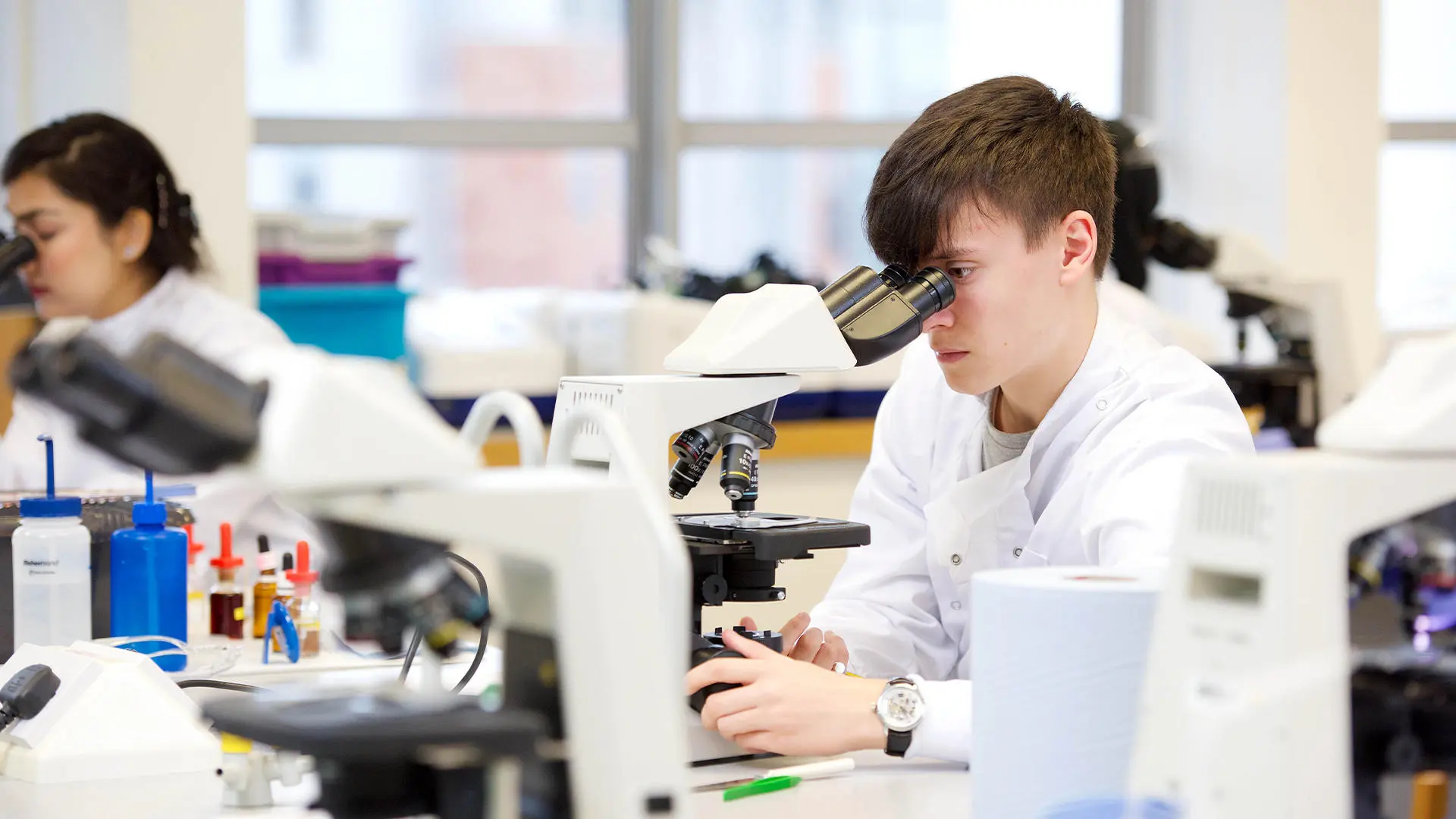Brain Tumour North West
Brain Tumour North West is a strategic alliance between UCLan, the Neurosurgical Unit and Neuropathology Department at the Royal Preston hospital and other universities and NHS institutions across the North West.

It brings together academics, clinicians and other allied healthcare professionals in a multidisciplinary approach to defeating this devastating form of cancer.
Unlike other forms of cancer, there are currently no UK- based research groups of scientists and clinicians looking at brain tumours. In this respect, the alliance optimises access to research facilities and rare tumour material, consolidate local expertise and knowledge, and provide the critical mass that is essential for developing and delivering new research proposals.
Key to this collaboration is the ‘Preston Brain Tumour Brain Bank’. This a collaborative effort between patients, neurosurgeons and neuropathologists to collect and preserve primary brain tissue not required for diagnostic purposes, and make it available, in accordance with ethical guidelines, to research groups within the Brain Tumour North West initiative. The Departments of Neurosurgery and Neuropathology at Royal Preston Hospital have excellent facilities for the collection, culture and storage of primary brain tumour tissue.
This research group contributes to the cross-disciplinary research sub-theme: Evidence from Bench to Bedside.
For further information visit the Brain Tumour North West website.
Cancer is the uncontrolled growth of the body’s own cells. Cancer cells are malignant, which means that left unchecked they will invade and destroy adjacent tissues and organs.
They are also capable of metastasis (breaking away from the original tumour site and colonising distant sites in the body). Cancer is not a single disease, but is a generic term for over a hundred different types of malignancy.
It can develop from almost any type of tissue, and a single tissue can develop several different types of cancer. Cancers are classified according to the tissue and cell types from which they arise.
Primary brain tumours arise from cells within the brain itself, rather than developing from malignant cells that have migrated from a tumour elsewhere in the body.
They also very rarely spread outside the brain itself, although they often spread to other parts of the brain and often at some distance from the main tumour site. More than half of brain tumours are gliomas, that is, they arise from glial cells that make up supportive tissue in the central nervous system. There are several types of gliomas and one tumour often contains cancerous cells of more than one cell type. Gliomas, as with other types of cancer, are classified on a scale of I to IV (lowest to highest risk), according to guidelines set up by the World Health Organisation.
Brain tumours account for only about 1.5% of all cancers, and statistically speaking, are much less of a threat than some of the more publicised forms. Nevertheless, around 7000 people a year in the UK are diagnosed with brain tumours, making the brain around the tenth most common site for cancer in men, and the thirteenth in women. They are the third cause of death in males aged 15 – 54 years and the fourth cause of death in young women aged 15 – 34 years.
Brain cancer deaths in children exceed those of leukaemia, making it the second highest cause of death in this age group after accidents, and tumours like glioblastoma multiform, the most common and most aggressive type of primary brain tumour, are a significant cause of neurological morbidity and mortality in middle age.
Tragically, the majority of brain tumours are incurable, despite significant advances in treatment regimes. Unlike most other tumours, brain tumours have a tendency also to infiltrate surrounding normal tissue, making complete surgical removal virtually impossible. Current chemotherapeutic regimes are also very unpredictable because of the large variation in drug sensitivity between individual patients.
The traditional treatments of surgery, radiation and chemotherapy are therefore generally acknowledged to be merely palliative measures and offer a cure to only a small percentage of people, the five-year survival rate being 2 – 5%. Future strategies will focus on a molecular approach to the diagnosis and treatment of brain tumours.
Areas of particular interest are the development of potential therapeutic agents and targets in the signalling pathways related to glioma and meningioma, tumour immunolmodulaton, and the identification of prognostic and diagnostic serum biomarkers associated with the development of the disease.
